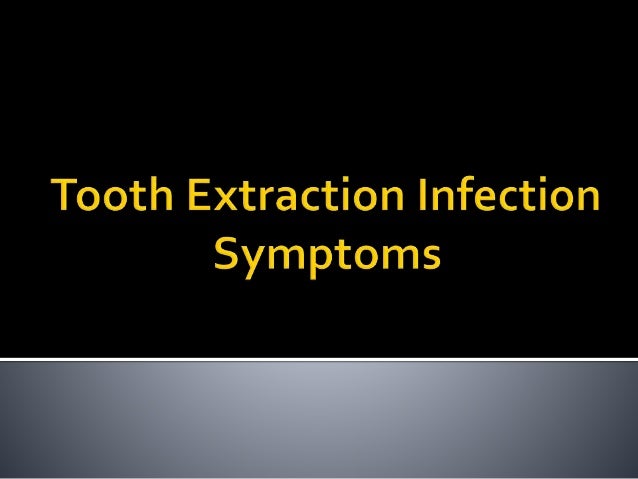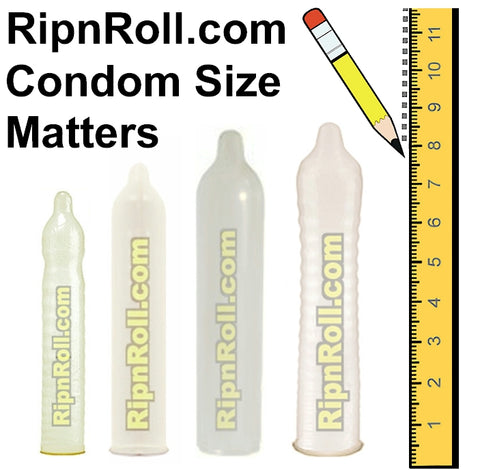Infection After Tooth Extraction Symptoms

The process of tooth extraction, while often a necessary procedure for maintaining oral health, can sometimes lead to complications, one of which is infection. An infection after a tooth extraction can arise due to various factors, including bacteria entering the extraction site, poor oral hygiene, or a weakened immune system. Recognizing the symptoms of an infection is crucial for swift and effective treatment. Here, we explore the common symptoms associated with an infection after tooth extraction, the potential causes, and what steps can be taken to prevent and treat such infections.
Common Symptoms of Infection
- Increased Pain: While some discomfort is expected after a tooth extraction, a significant increase in pain, especially if it worsens over time, could be indicative of an infection.
- Swelling and Redness: The area around the extraction site may become swollen, red, and inflamed. In severe cases, this swelling can extend to the face and neck.
- Pus or Discharge: The presence of pus or a foul-smelling discharge from the extraction site is a clear sign of infection.
- Fever: A fever can occur as the body’s immune system responds to the infection.
- Bad Taste or Breath: A persistent bad taste in the mouth or bad breath (halitosis) that doesn’t improve with brushing and flossing could be due to an infection.
- Difficulty Swallowing: In some cases, if the infection is severe or the swelling significant, it might cause difficulty swallowing.
- Gentle Bleeding: While some bleeding after an extraction is normal, heavy or prolonged bleeding, or bleeding that restarts, could indicate a complication, including infection.
Causes of Infection After Tooth Extraction
Infections after tooth extraction are often caused by bacteria. Normally, the mouth contains a significant amount of bacteria, and when a tooth is extracted, the wound can become an entry point for these bacteria, leading to infection if not properly managed. Other factors can contribute to the risk of developing an infection, including:
- Poor Oral Hygiene: Failure to follow post-extraction care instructions can lead to infection.
- Weakened Immune System: Individuals with compromised immune systems are at a higher risk.
- Smoking: Smoking can impede the healing process and increase the risk of infection.
- Dry Socket: A condition where the blood clot fails to form or is dislodged from the socket, increasing the risk of infection.
Prevention of Infection
Preventing infection after a tooth extraction involves careful adherence to the post-procedure instructions provided by the dentist or oral surgeon. Key preventive measures include:
- Maintaining Good Oral Hygiene: Gently brushing and rinsing the mouth, avoiding the extraction site, and using any prescribed mouthwash.
- Resting and Avoiding Strenuous Activities: Helping the body to heal by avoiding vigorous activities.
- Eating Soft Foods: Reducing irritation to the extraction site by consuming soft, easy-to-chew foods.
- Avoiding Smoking and Tobacco: Refraining from smoking and tobacco use for at least 24-48 hours after the procedure.
- Keeping the Extraction Site Clean: Following specific guidelines for cleaning the extraction site, which may include rinsing with salt water.
Treatment of Infection
If an infection is suspected, it’s crucial to consult a dentist or oral surgeon promptly. Treatment may involve:
- Antibiotics: To combat the bacterial infection.
- Pain Management: Medication to manage pain and discomfort.
- Drainage of Abscess: In cases where an abscess has formed, it may need to be drained.
- Hygiene Instructions: Reiterating and possibly adjusting oral hygiene practices to prevent further complications.
In conclusion, while infections after tooth extraction can be a cause for concern, recognizing the symptoms early and seeking professional help can significantly improve outcomes. By understanding the potential causes of infection and adhering to preventive measures, individuals can minimize their risk and ensure a smoother recovery from tooth extraction procedures.
What are the primary symptoms of an infection after tooth extraction?
+The primary symptoms include increased pain, swelling and redness around the extraction site, pus or discharge, fever, bad taste or breath, difficulty swallowing, and gentle bleeding. These symptoms can vary in severity and not everyone will experience all of them.
How can I prevent infection after a tooth extraction?
+Prevention involves maintaining good oral hygiene, resting and avoiding strenuous activities, eating soft foods, avoiding smoking and tobacco, and keeping the extraction site clean according to the dentist’s or oral surgeon’s instructions.
What is the treatment for an infection after tooth extraction?
+Treatment typically involves antibiotics to combat the infection, pain management, and possibly the drainage of an abscess if one has formed. It’s also important to follow specific hygiene instructions to prevent the spread of infection and aid in recovery.

